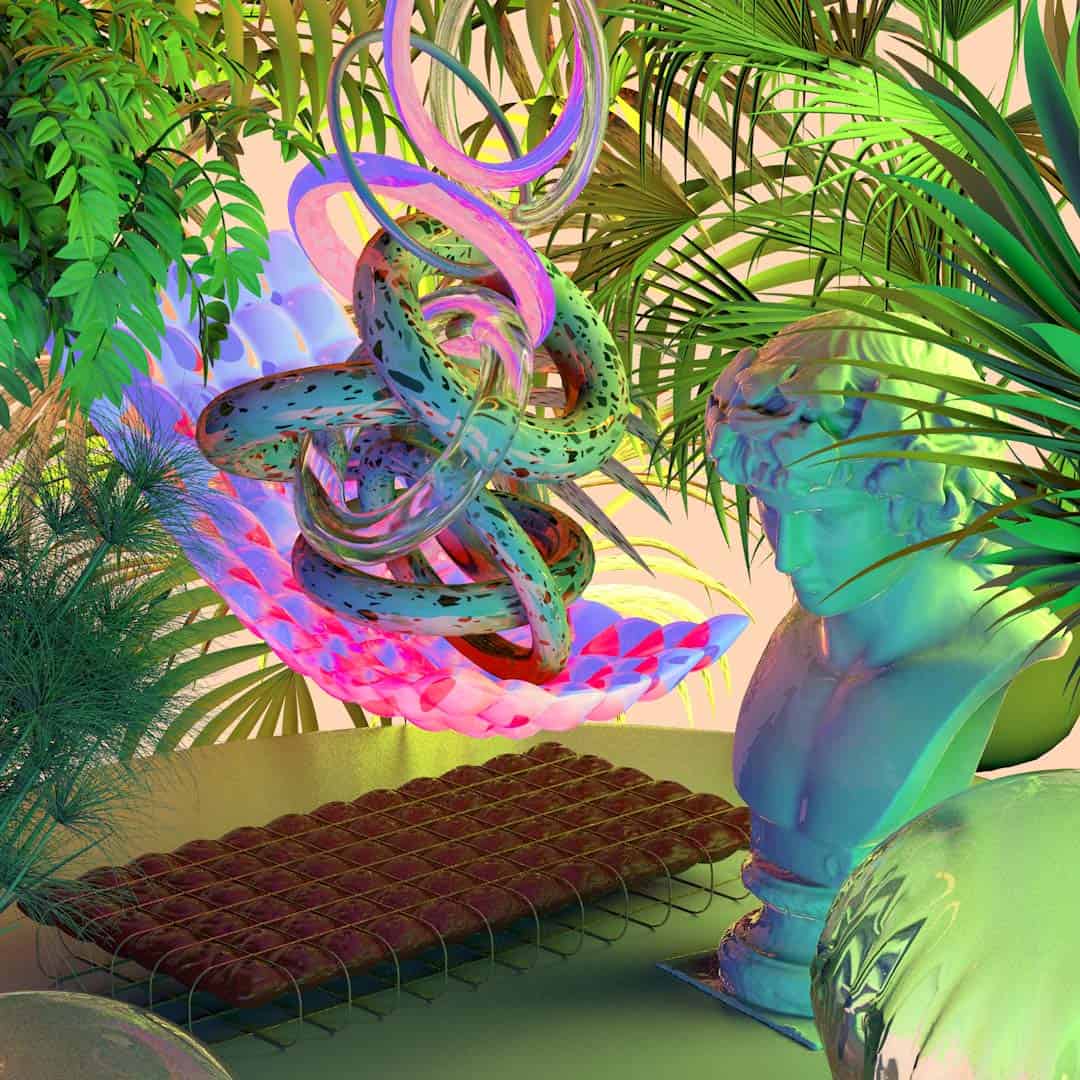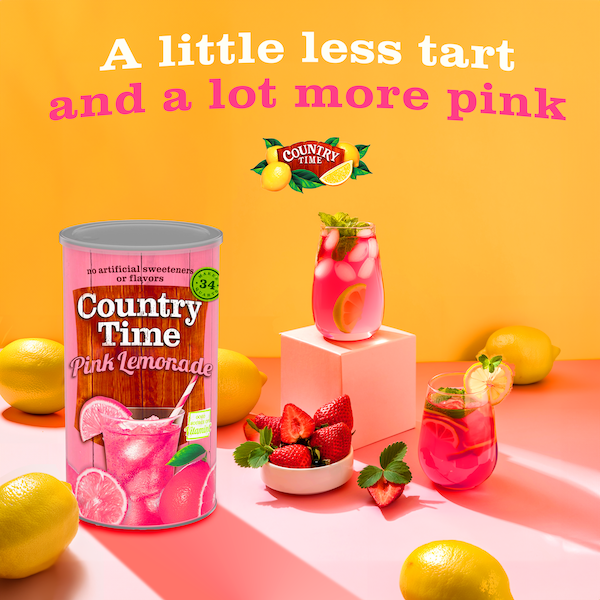by Ryan Goldberg, Graphic Designer
Intro
Welcome back to the next installment of this little series on the basics of C4D, today is series 103. If you need a quick refresher on what we learned last time, check it out here! This time we will go pretty in-depth into materials in C4D addressing the basis of the panel itself and how to create a simple material. Then into the details of a select few channels, you can use to affect your materials in different ways.
Materials Panel



Time to jump into the material panel! When you open C4D it will have nothing in it. Fix that with a double click to create a normal material or click “create” for a menu with more options. You can choose between a few different materials; the Material, the PBR Material, the Uber Material, and the Node Material. Each option has their differences, which have pluses and minuses. The best to start with is probably going to be the standard Material, it is easy to get things going and has all the features although some of them you have to dig for. The PBR Material is sort of a specific use case, it stands for physically based rendering and is pretty slow if you don’t have the best computer, but it ultimately functions the same as the standard. The Uber Material mixes the ease of use from the standard with the functionality of Node Based. Which brings us to the final material, Node Materials. This type is the most functional of all the types but most likely for everyone has the most significant learning curve. After you get the hang of it though, it becomes extremely powerful.
Standard Materials

When you open a normal material, you are greeted with this window and a few boxes checked. I will go through a few of the channels. The first as seen on the top of the list is color, which controls the base color of the material. The next channel is Diffusion, which can affect Luminance, Specular, and Reflection depending on what you choose to load into it. The next channel is Luminance, which can cause your material to create light or change the way light enters it with subsurface scattering. The next channel is Transparency, which as it states can make the material transparent, with all sorts of variables such as refraction, absorption, and blurriness. The next channel is Reflectance, where you control the reflection types and specular. The last few we will discuss are Bump, Normal, and Displacement; these all have similar effects but vary slightly. The basis of what they do is taking an object that may be rather simple in terms of geometry, and they add detail to it.
The Wrap Up
Well, you made it through 103! Thanks for joining and reading along, hopefully, you have a basic understanding of materials now. The next version of Cinema 4D (R21) is right around the corner now, and it has some pretty amazing features. From denoising, field force. I can’t wait to see what it can do, next time we will go over some of the best new features!





